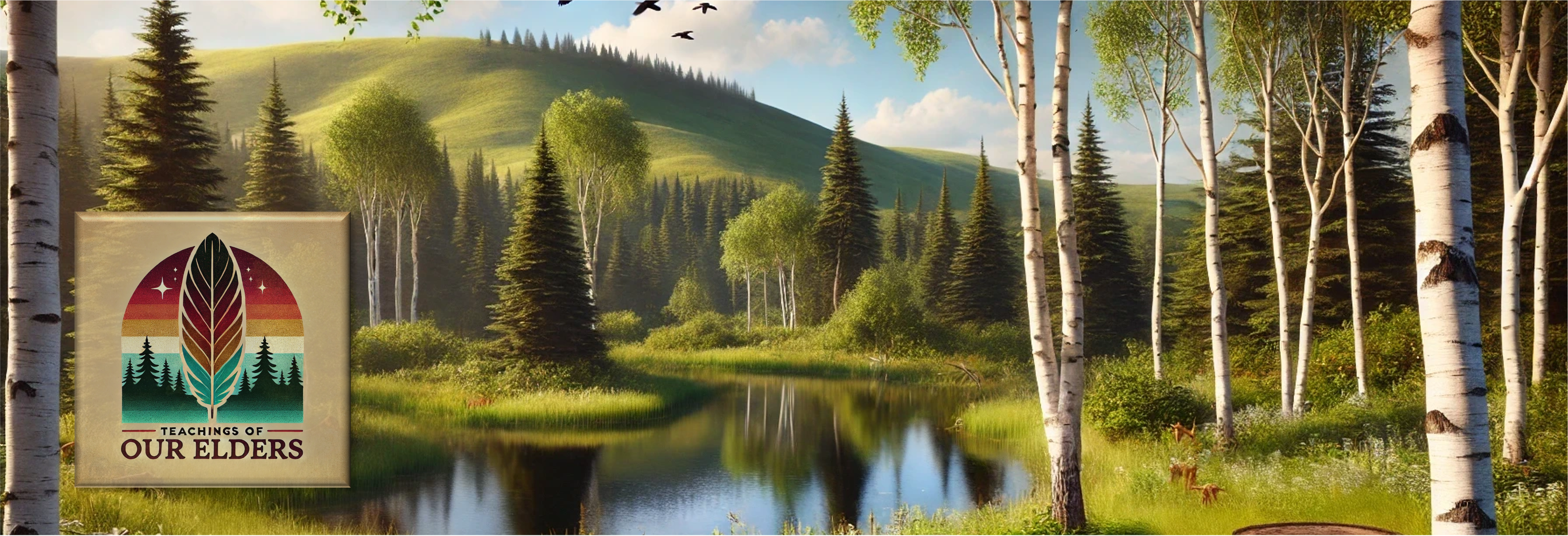| Inquiry Design Model (IDM) Blueprint™ |
| Be Prepared |
| NDNAEU 2 “Learning & Storytelling” |
| Compelling Question | Why is it important to be prepared? |
| Standards and Practices | RL.2 Recount stories, including fables, folktales, and myths from diverse cultures to determine the central message, lesson, or moral and explain how it is conveyed through key details in the text. RL.3 Compare and contrast two or more characters, settings, or events in a story or drama, drawing on specific details in the text (e.g., how characters interact). |
| Staging the Question | What are things we must be prepared for? |
| Supporting Question 1 | Supporting Question 2 |
| What is a moral and how do we discover a moral in a story? | Why must I prepare myself? |
| Formative Performance Task | Formative Performance Task |
| 1. Read or watch Aesop’s story of The Ant and the Grasshopper. (You can stop before the moral is revealed to give students the chance to infer it) 2. Compare and contrast the characteristics of each insect. Then have students identify the moral of this fable. | 1. Watch and then discuss Angeline Forth Iron Road’s “Getting Ready for Winter” video. Then determine why it is important to be prepared. 2. Afterwards, have students find links between this video and Aesop’s fable of The Ant and the Grasshopper. |
| Featured Sources | Featured Sources |
| https://www.youtube.com/watch?v=ripQ9jJnw1c | https://teachingsofourelders.org/getting-ready-winter-angeline-fourth-iron-road/ |
| SUMMATIVE PERFORMANCE TASK: Supported Claim (written/spoken) or Demonstration of Process (project-based) | Have students write their own fable with the moral, “be prepared”. |
| SUMMATIVE PERFORMANCE TASK: Extension | Have students turn their fable into a book, skit, or movie using any materials or technology you have available. |
| Taking Informed Action / Real World Application | Have a special presentation day or night where parents, friends, or other classrooms can come and view your students finalized creations. |

